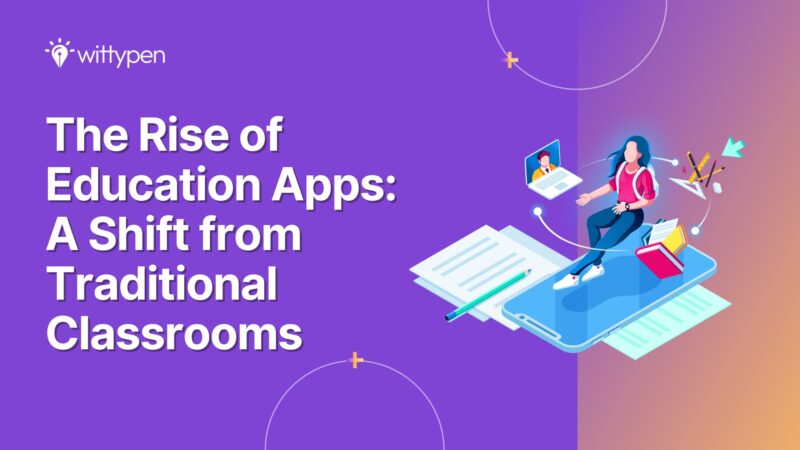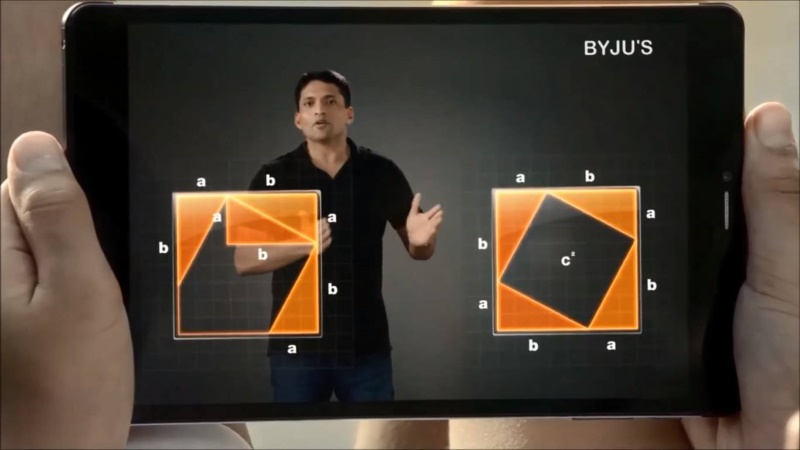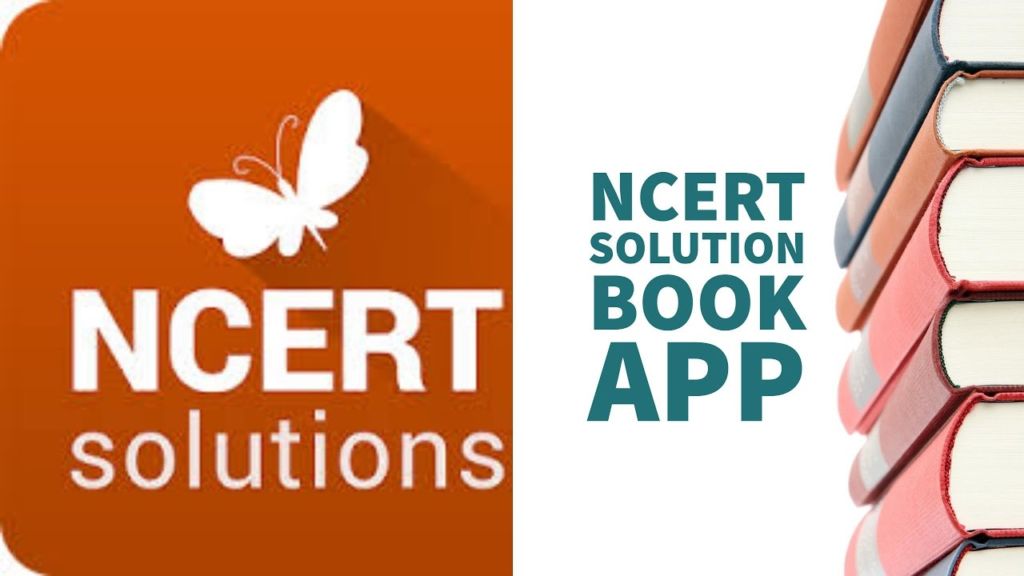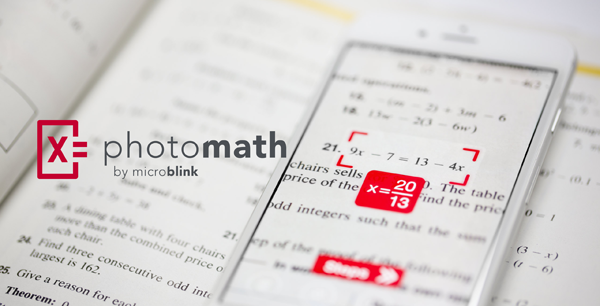Written By – Shweta B.
Category – Education
The onset of the twenty-first century, and especially the past decade, has witnessed technology advancement in leaps and bounds. The field of education apps and productive learning also attests to the paradigm shift that technology has brought about.
Today, we can notice students increasingly seen hooked to their smartphones to learn subjects via something that attracts their interest and curiosity.
The ubiquity of smartphones offers great opportunities for the development of new applications for online education as an instructional strategy.
Smartphone apps help students access online course content, interact with their instructors, and communicate with peers. This has undoubtedly supplemented the learning process that may not otherwise be available in the traditional learning method.
“The ubiquity of smartphones offers great opportunities for the development of new applications for online education as an instructional strategy.”
The principal of Delhi Public School, Surat, says, “While teaching the parts of the body, we use an app where the visual body is displayed. Curious students were allowed to tear down the ribs with this app, see what each rib is made up of and rearrange them back.
6 Best Education Apps To Help You Grow
Some of the best education apps used by students for these purposes are as follows:
1. BYJU’S
This app can make students fall in love with learning. It uses state-of-the-art technology for the perfect visualization to complement the concepts designed by India’s best teachers.
It helps students understand and master concepts right from Foundation Class 6 to 12 Math and Science to competitive exams like IIT JEE, AIPMT, CAT, and UPSC.
But here’s the USP, they have unique video class modules to uncomplicate learning and specialized modules on ICSE and CBSE sample papers for Class 7 to 10 and AIPMT and IITJEE coaching for Class 11 to 12.
With its comprehensive chapter wise tests, complete syllabus coverage for all state boards, detailed analysis of students’ performance and progress, personal mentorship and guidance, and student-centric adaptive learning, this app boasts of highly successful students and happy parents.
2. NCERT Solutions:
This education app brings the solution to all NCERT books and popular reference books right to one’s smartphone.
The best part is it comes with “no ads,” so one can focus on only productive learning. It also has an offline mode, so all the downloaded materials can be accessed even without a running Internet. At the tap of a button, a student has everything they need to pass exams with flying colors.
3. Aakash iTutor:
This app brings Akash Institute’s top-notch guidance on the digital platform. From Physics, Chemistry,
Mathematics and Biology video lectures by expert faculty, eBooks, and mock tests for IIT JEE and NEET preparation to query resolution, this app offers the same experience as a traditional brick-and-mortar classrooms.
Students can download the study materials and use them offline and can prepare for some of the toughest exams from the comfort of their home.
4. PhotoMath :
This app solves mathematical problems by just pointing the phone’s camera to the question. It works very similar to a QR scan and gives results in seconds.
How appealing does it sound that a smartphone camera can solve arithmetic expressions, fractions and decimal numbers, powers and roots, linear equations (both simple and quadratic), inequalities, equation systems, and absolute-value inequalities using this app!
The app shows complete step-by-step operations and the final solution. However, with the app having difficulties reading a hand-written text, one usually gets along with it.
5. Math Tricks & Shortcuts for Competitive Exam:
This app is perfect for those who find math overwhelming. The aim of this app is not only to acquaint students with various types of mathematical problems and how to solve them, but also to teach them effective ways to tackle each problem faster and with greater efficiency.
There are multiple choice questions to solve along with a multitude of math tricks. The app comes with functionalities such as speed test, bookmark, and result check.
6. Best Books for Tweens:
This app is a fun way to get more information about top-rated books for students aged 9-12. Students can tag a book as “I want this” or “I’ve read this” to add the book to their list. This app helps one find new books and also build a custom reading list.
The 79 fantastic fantasy reads and 44 exciting action and adventure stories make this app a must-have for bookaholic children. They can choose from popular categories such as action/adventure, mystery, sports, fantasy, animal characters, realistic fiction, historical fiction, and nonfiction.
The app also provides the option to filter the list to select books with either male or female protagonists.
Key Takeaway:
Besides these apps, smartphones can also be used as a newspaper on the go, an easy-to-use dictionary, a tell-tale of anything and everything one can think of and wants to know about.
It can be used to learn a foreign language; through online videos and audios, one can listen to native speakers frequently and access culture directly on various websites.
Thus, smartphones can unlock the ease of access to unlimited resources and information—including engaged learning.
This might present a chance for educators to design educational methods, activities, and material that suit smartphones allowing students to use this technology, thereby accommodating their current diverse learning approaches.
“Smartphones can unlock the ease of access to unlimited resources and information—including engaged learning.”
However, the affordability factor is the biggest impediment toward embracing smartphones in education apps, and it will take a concentrated effort by those in the education field to slowly embrace the positives that the technology has to offer.
The future of education is taking a shift towards being digital, as it solves the accessibility problem, especially for the students in smaller cities; and does not compromise with the quality.
Of course, there is a concern that students would need a face-to-face interaction while learning; however, it can very easily be solved with the progress in technology. Thus, learning methods are refining, embracing technology in a much more natural way.
Computerizing and automating education can be a double-edged sword, as it can result in slacker students to lean too much on technology instead of using their brains. Even then, in certain circumstances, a useful technological tool can be super helpful.
Smartphones have demonstrated a significant potential as learning tools; therefore, the development of smartphone-based educational interventions has begun to attract increasing attention from educationists and students alike.
The driving force behind this is, when it comes to learning, the graphic representation of facts has a better impact on the memory than the traditional teaching or learning system.












